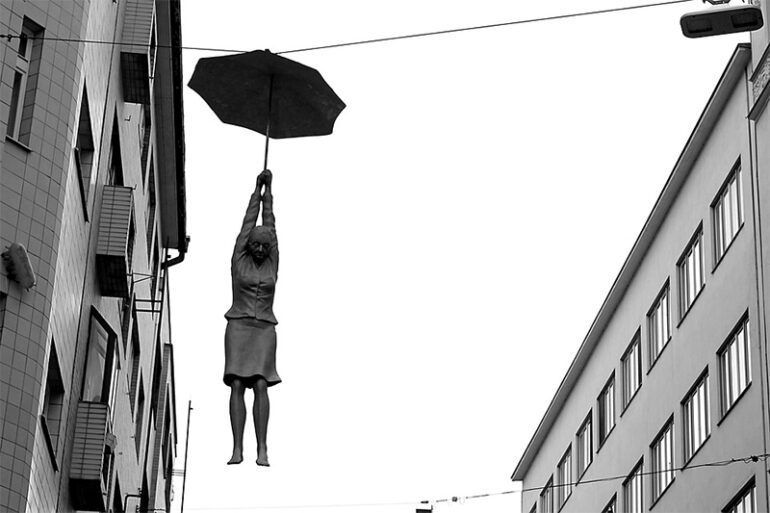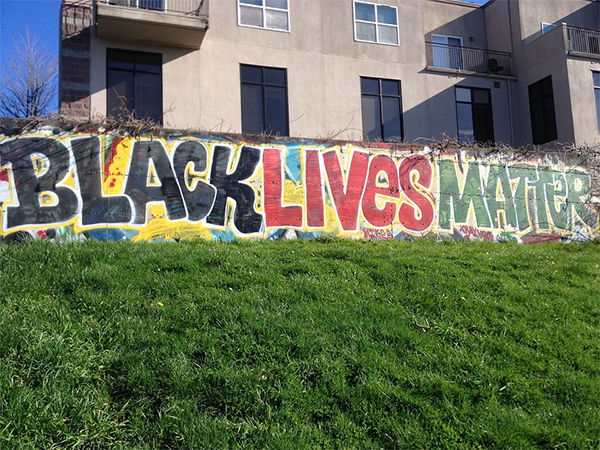Modern art has long challenged the issues of societal issues of injustice and inequality, bringing attention and making it a potent force for social change, from the civil rights movement to the current struggles for justice and equality.
The work of contemporary artists has conveyed significant concepts and messages profoundly affecting viewers and inspiring people to take action both locally and globally. The relationship between social justice and modern art will be examined in this article.
The Influence of Art on Social Change
Art has always been a potent catalyst for societal transformation. Through their work, artists have the rare capacity to affect people. They have the power to question societal conventions and motivate others to take action. Through the use of art, social justice concerns that have been overlooked or suppressed by society at large have been made public.
The Civil Rights Movement and Modern Art
The civil rights movement of the 1950s and 1960s is one of the best instances of modern art and social justice. Strong representations of the challenges and victories faced by black Americans were produced by artists like Romare Bearden and Jacob Lawrence, who utilized their work to confront themes of race and injustice. Shepard Fairey’s famous portrait of Dr. Martin Luther King Jr. has become synonymous with the fight for racial justice and still serves as motivation for activists today.
Women and Modern Art
Modern art was greatly influenced by the feminist movement in the 1960s and 1970s. Judy Chicago and Ana Mendieta were two examples of feminist artists who utilized their work to question patriarchal traditions and advance gender equality. Their research centered on topics including objectification, domestic abuse, and women’s rights. These artists’ work exposed issues previously shunned or denigrated by society as a whole.
Social Justice and Modern Art
Currently, modern artists are still using their work to address social justice concerns. From climate change to police brutality, artists are using their work to spread the word and inspire action. The Black Lives Matter movement has made a particularly notable contribution to modern art. Artists have used their work to protest systematic racism and police brutality. Patrisse Cullors, a co-founder of the Black Lives Matter movement, is a prolific artist whose large-scale installations and multimedia pieces have had a significant effect on the conversation around state brutality and mass imprisonment.
Conclusion
In conclusion, artists have long used contemporary art as a platform to discuss and participate with important societal concerns. Artists have raised voices that have been suppressed and questioned the current quo via their work, from the civil rights struggle to more recent campaigns for social justice. Artists use their work to present important ideas and messages that firmly resonate with people. They have the power to influence change on both a local and global level. As we battle issues of inequality and injustice, the intersection of modern art and social justice will continue to be an important space for reflection, debate, and action.
Photo Attribution:
1st and featured image from https://pixabay.com/photos/architecture-modern-sculpture-art-3148080/
2nd image from https://pixabay.com/photos/black-lives-matter-african-american-1011597/

